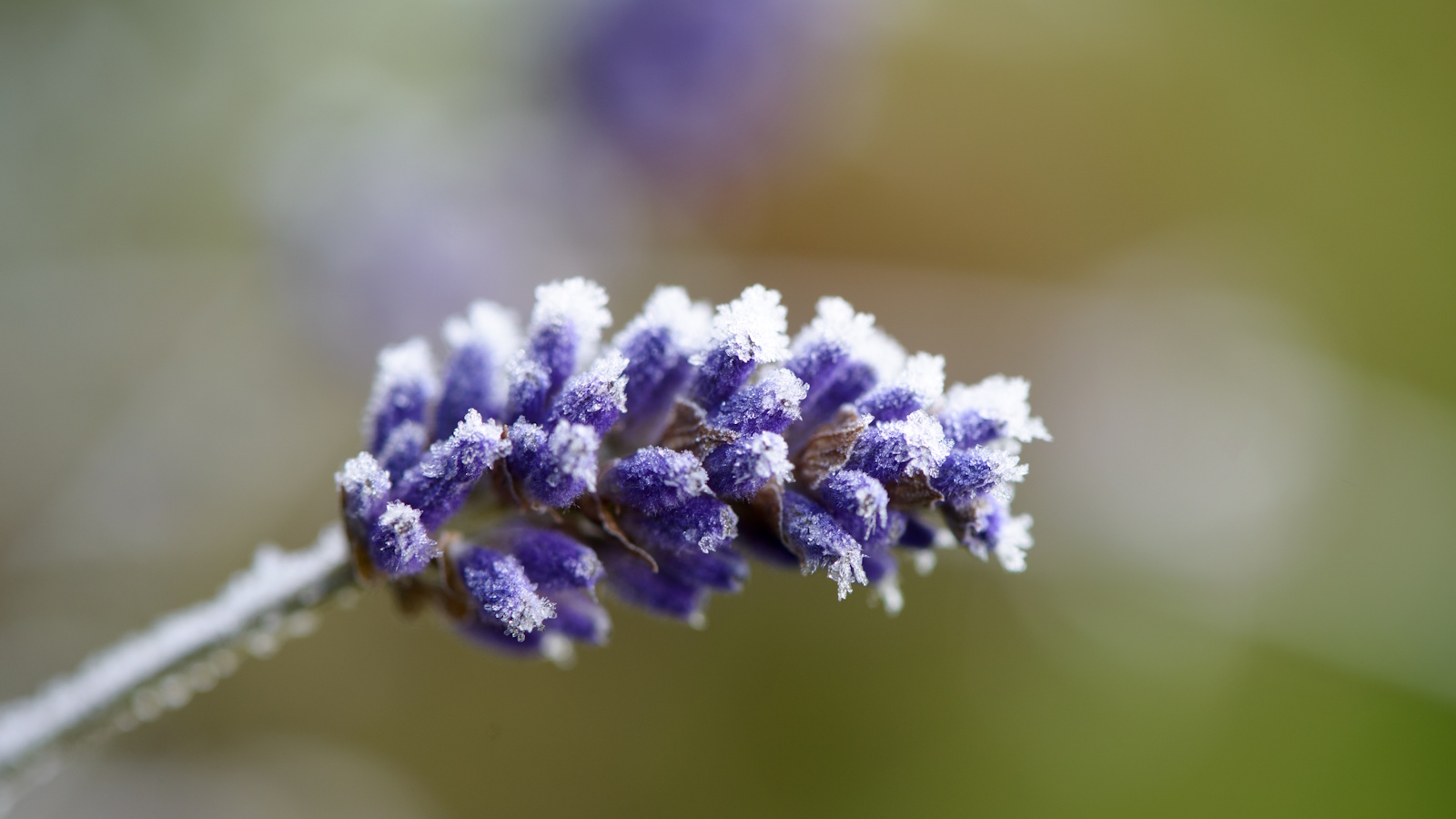
Lavender is the quintessential plant of the summer. With a bounty of fragrant blooms typically opening from May onwards, this herb has long been a favorite of gardeners. However, while this is a plant that enjoys long, hazy days, knowing how to winterize lavender for the cold months is important.
While it's not complicated to overwinter lavender, taking the time to do so correctly will help your plant during the cold and frosty weather of December, January and February.
So, while you might already know how to grow lavender, our simple guide will help you protect your perfumed plants so that they return in spring full of flower spikes that visitors and pollinators will adore.
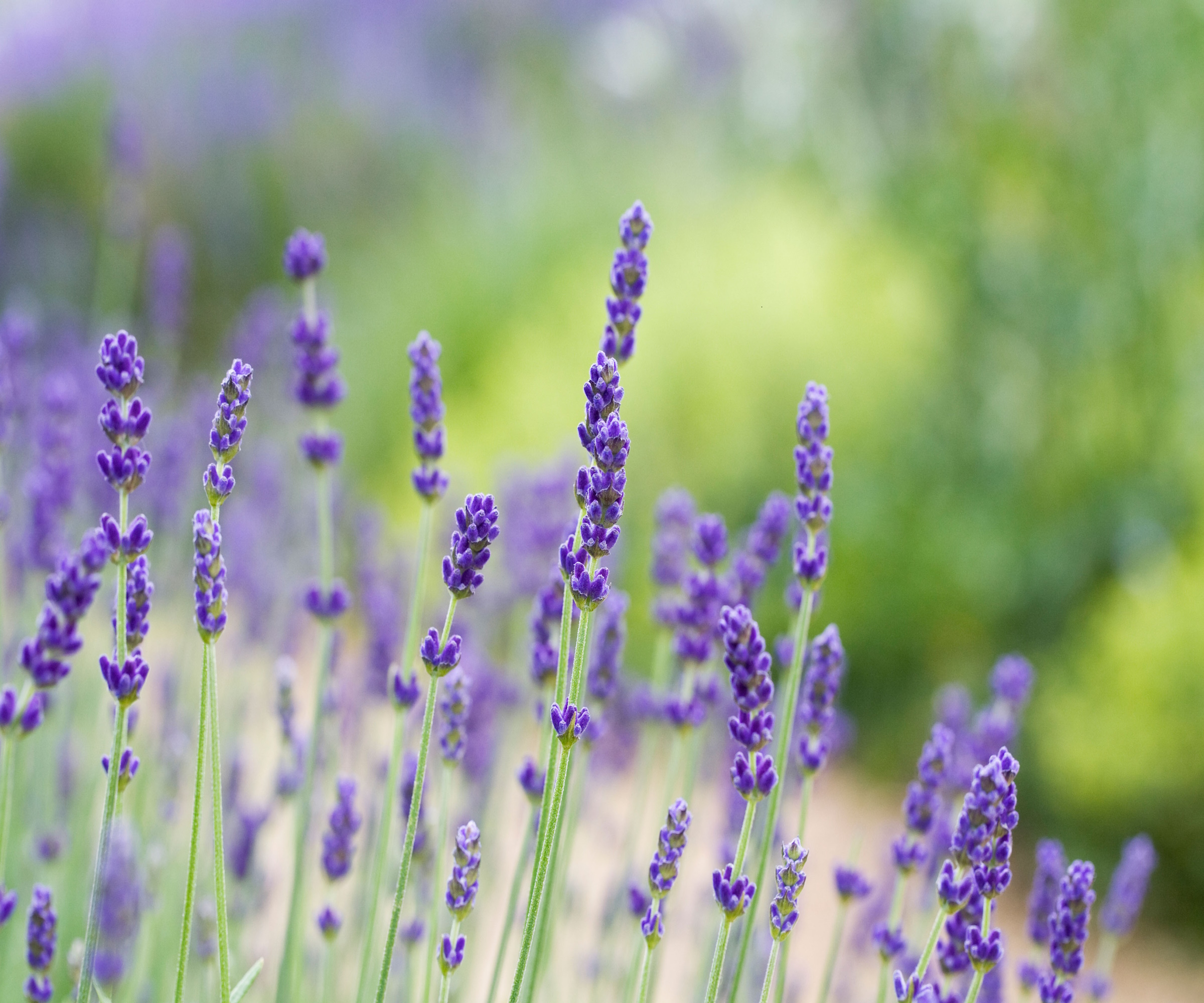
How to winterize lavender
Most lavender plants can survive in US hardiness zones 5 to 9, although this will change depending on the species and variety you grow. To keep your plants happy, follow these simple steps to help you winterize lavender this year.
1. Stop watering lavender plants in winter
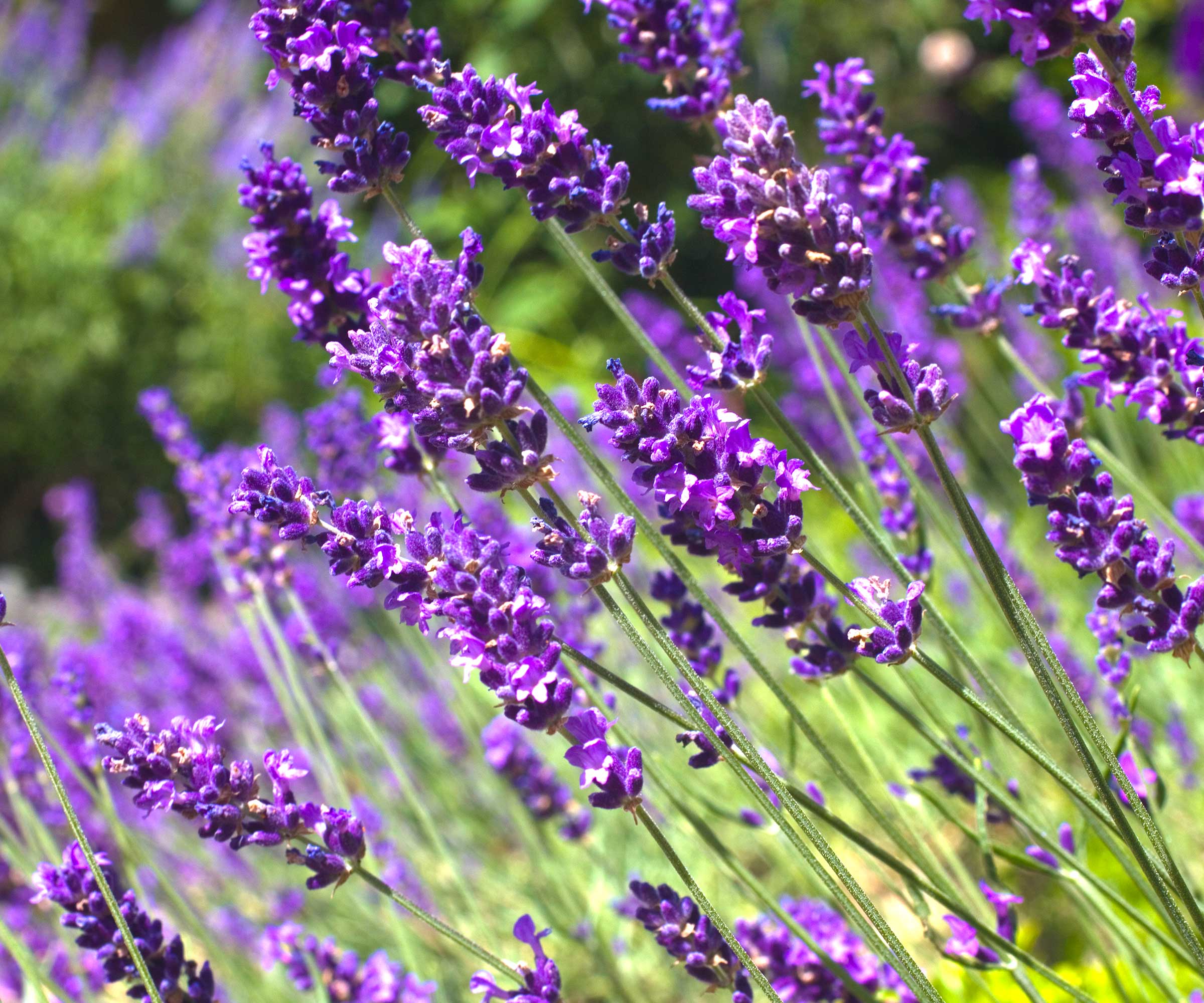
'Rain should replace regular watering during fall and winter,' says Jen McDonald, garden expert and a co-founder of Garden Girls. 'Lavender prefers drier soil, so trust that Mother Nature will do the job for the next few months, especially while this plant is in a period of dormancy.
'Lavenders dislike being wet and waterlogged, which can damage the plant,' Jen says. 'They can either rot or if that water freezes, will succumb to frost damage.
'If the soil is heavy or clay-based, it is a good idea to do some mulching to improve the structure and drainage of the soil. Mulch them with a few inches of organic matter, like straw, pine needles, or leaves, which will not only improve drainage, it will help to insulate the roots in winter.' Mulch is available from Walmart.
2. Prune lavenders before winter
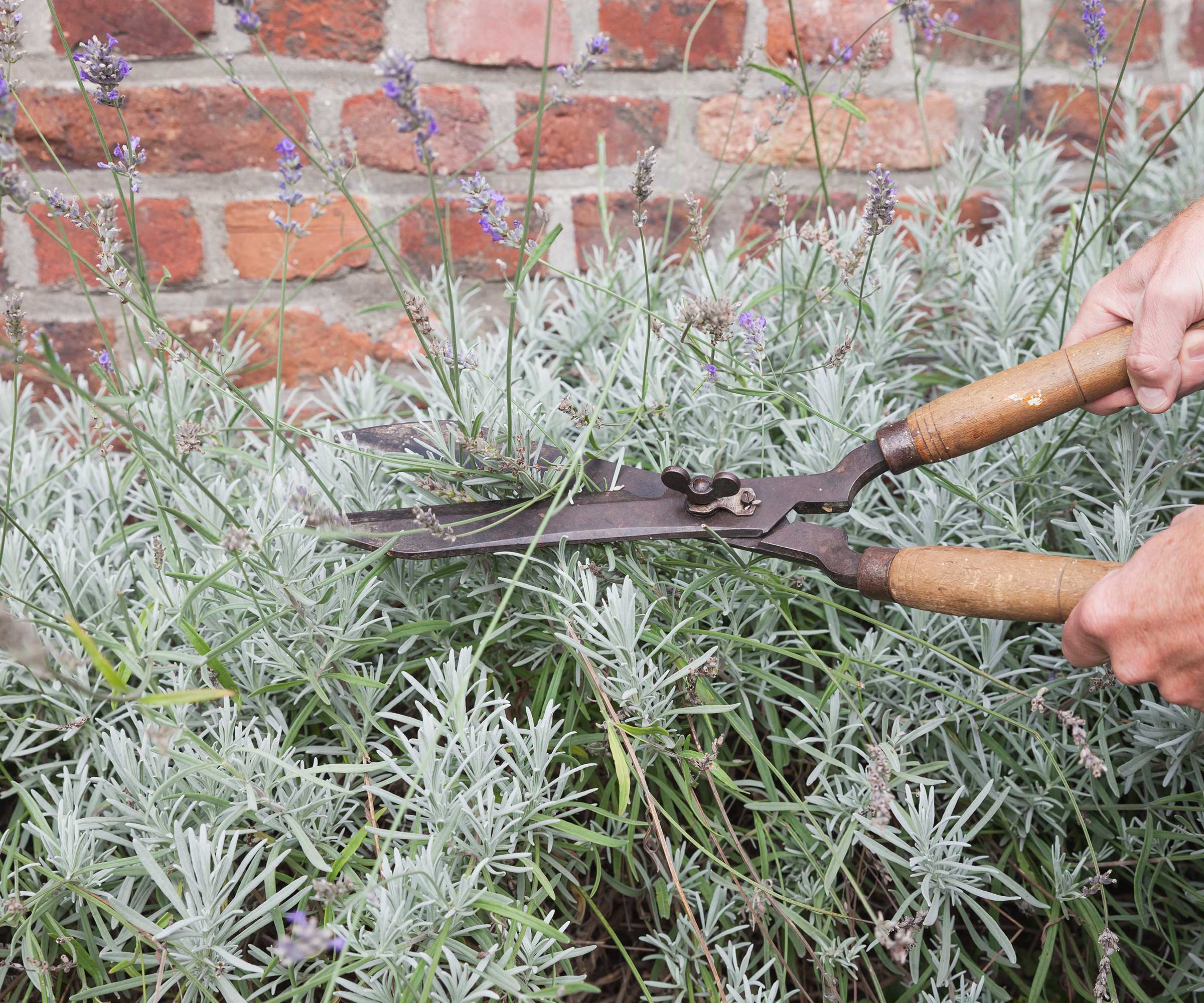
Consider pruning your lavender plants in late summer or early fall if you live in a colder climate. Prune them back by about one-third after they finish blooming to prevent them from becoming too woody, helping to maintain a compact a tight form.
Pruning earlier in the season will mean that they produce one to two inches of growth before winter, which can help to protect the plant when the frosts arrive.
Learning how to harvest lavender at this time is not complicated, and you can use pruned stems in table decorations and arrangements during the fall and winter.
Do not prune your lavender during winter, as any open wounds can be susceptible to frost damage. If you miss the pruning window, it is best to wait until spring.
These Okatsune pruners have a sharp blade and attractive red and white handles, making them easy to spot in the yard.
3. Move potted lavenders in winter
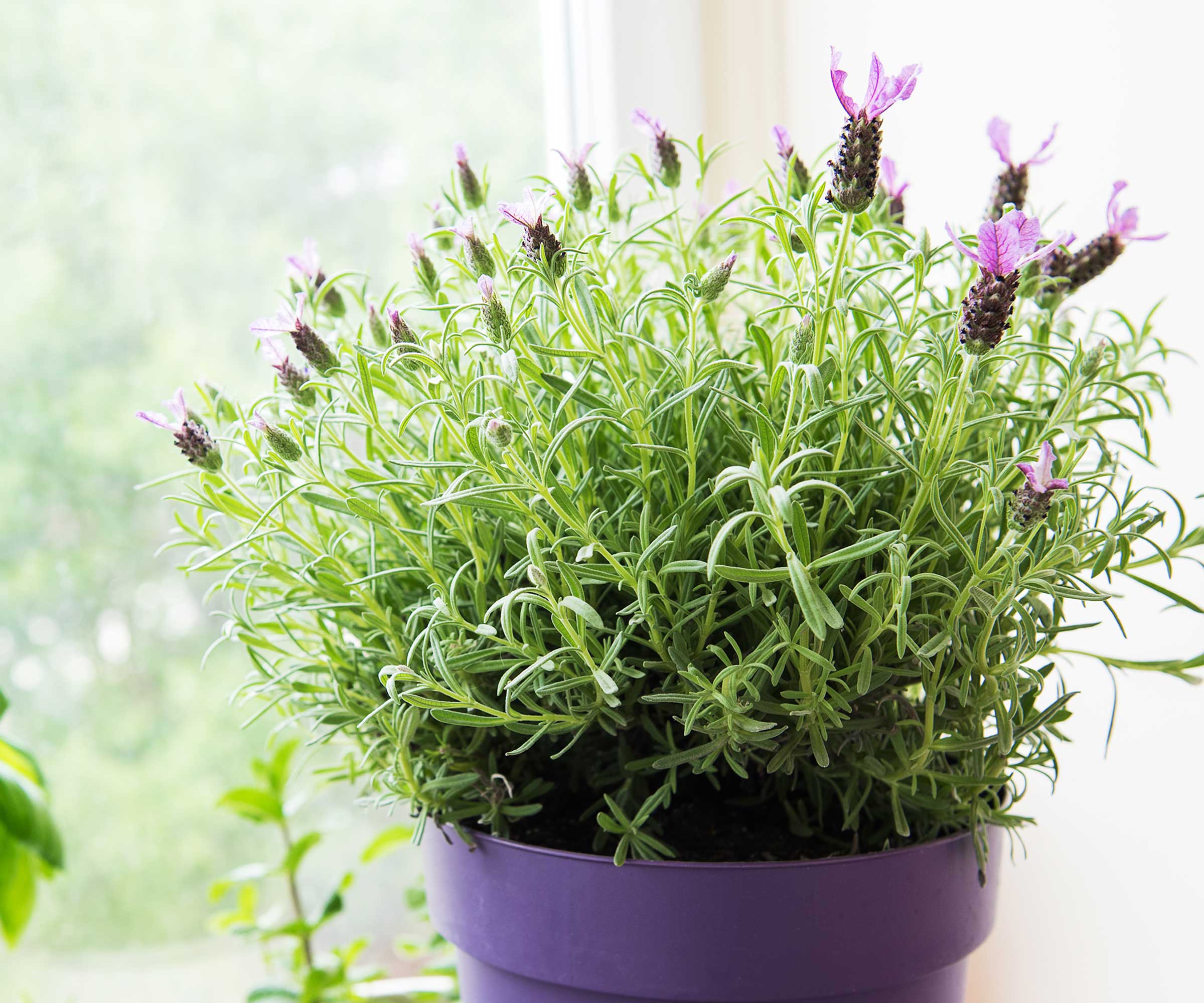
Learning how to grow lavender in pots can really help to add impact to container displays and potted herb gardens. However, potted plants are susceptible to waterlogging and frost damage during winter, so extra precaution is needed.
If you have a potted lavender plant outside and live somewhere that drops below 40°F in the winter, you might want to move that plant indoors to a shed or garage for the coldest months of the year.
If this is not possible, consider grouping your pots together, which can protect them from strong winds, and place them as close to the house as possible, for added warmth.
FAQs
Can I leave lavender in the ground over winter?
Yes, you can leave lavenders in the ground over winter. However, as Meditteranean plants, lavenders do not enjoy cold and wet soil in winter. If you live in a place with extreme winters, such as US hardiness zone 3, then you may be better off growing your lavender in pots where it can be moved inside during the height of frosts.
If you want to lift your lavender, it is important that you know when to transplant lavender to reduce the risks of damaging the plant in the process. You should never lift or transplant a lavender plant during winter, instead, wait until early spring when the temperatures rise.
If you are worried about the cold and frost of winter, consider growing one of the hardiest species or varieties of lavender. For example, English lavender, Lavandula angustifolia, is considered one of the hardiest lavender varieties, tolerating cold weather down to zone 5, well suited to northern regions like New York and Chicago.
In contrast, the Spanish or French lavender, Lavandula stoechas, is only hardy down to US hardiness zone 8, so is better suited to warmer climates and regions, such as Texas and California. For more information and inspiration, see our guide to some of the best lavender varieties to grow this year.







